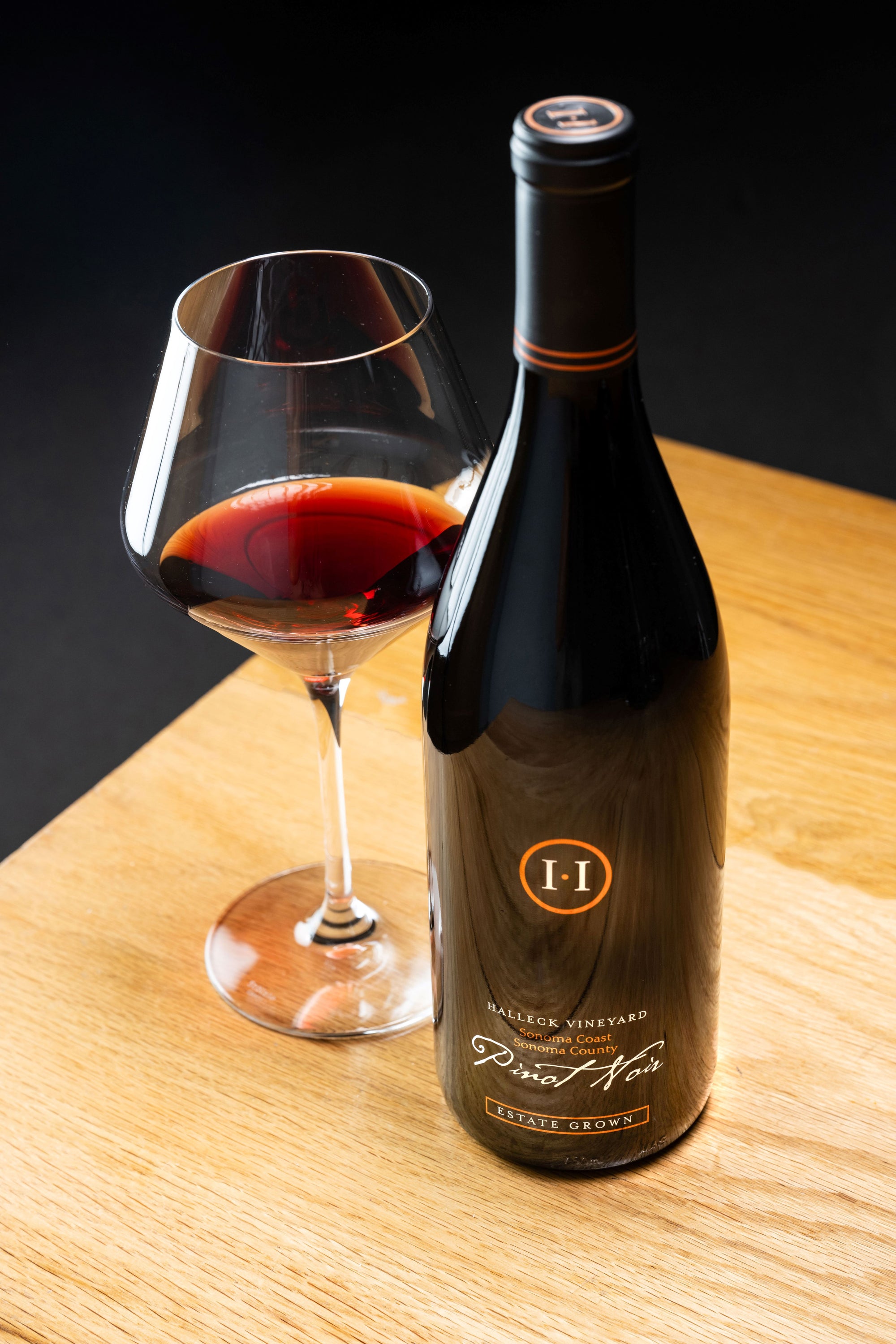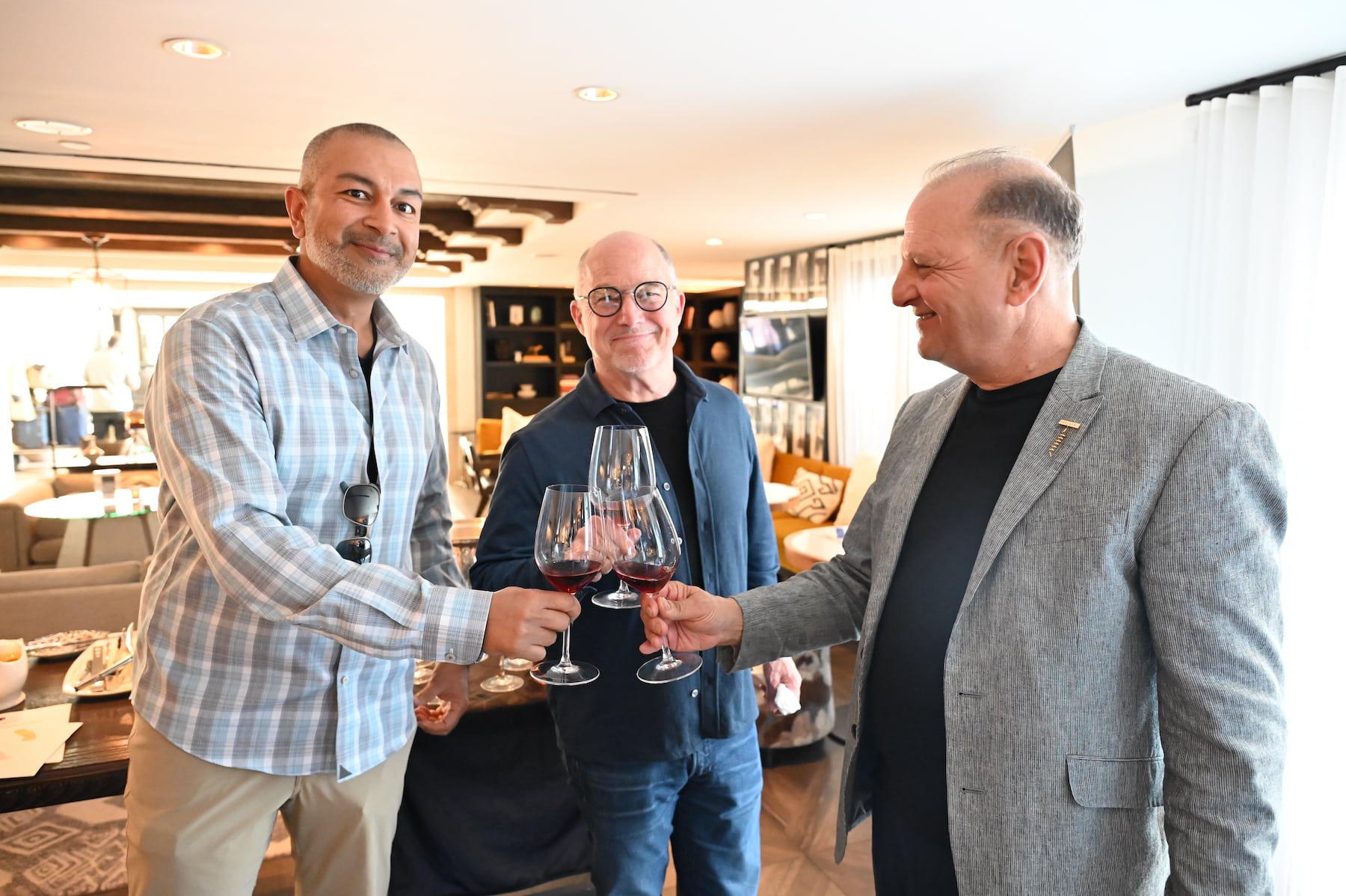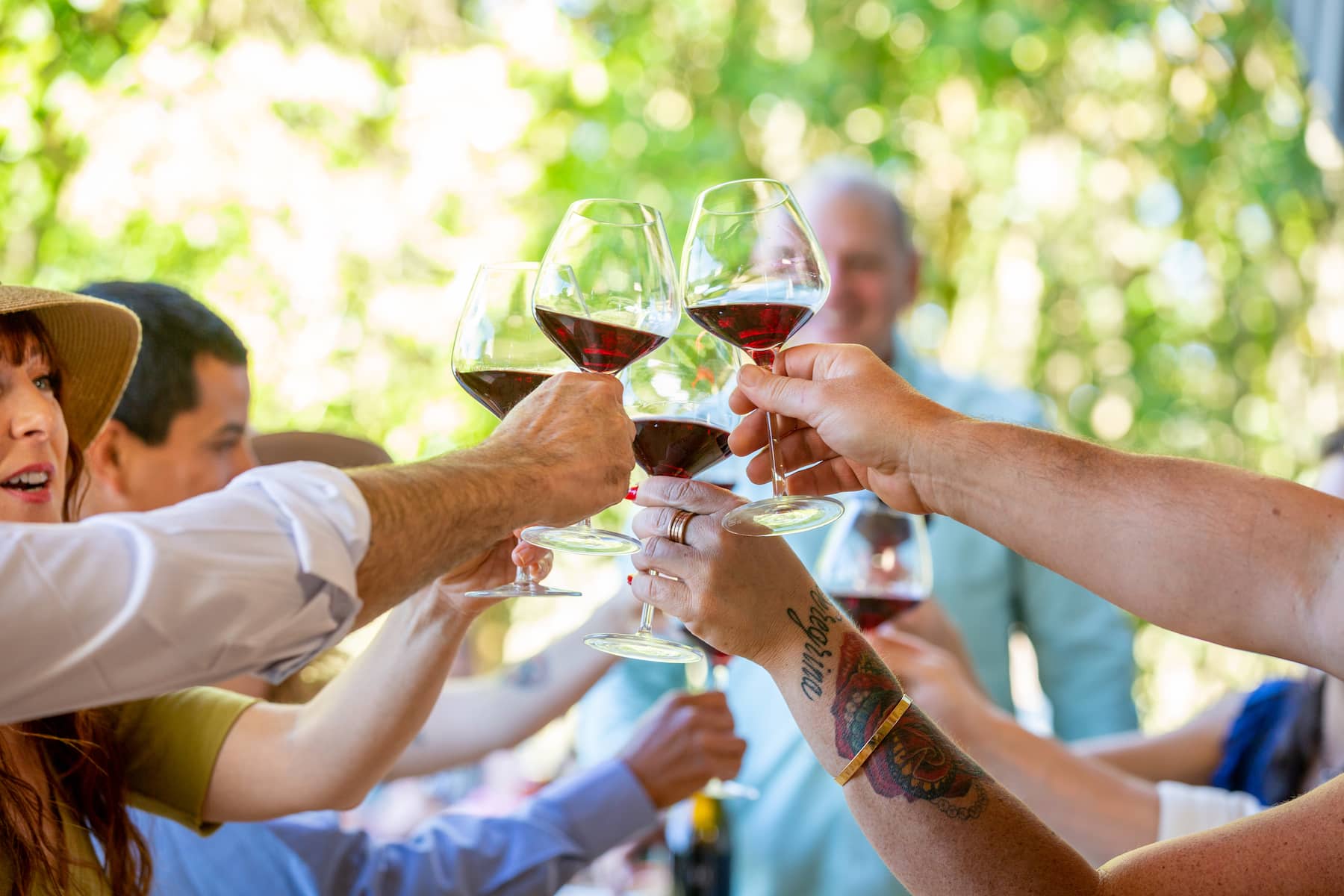A Comprehensive Guide to Wine Tasting in Sebastopol
A Comprehensive Guide to Wine Tasting in Sebastopol
Blog Article
Favorite Wineries Near Sebastopol You Must Visit
Understanding the nuanced vocabulary related to winery wine tasting is crucial for each novices and seasoned connoisseurs alike. Each term brings to life the experience of tasting wine and may improve one’s appreciation of the numerous intricacies involved. Wine tasting is more than just consuming; it is an art that entails various senses and emotions.
To begin with, the term "nostril" refers again to the aromas one detects when smelling the wine. This is a crucial step as a end result of the bouquet units the stage for the tasting experience. Notes of fruit, spice, earth, and wooden may mingle, offering a glimpse of what the palate might affirm. Understanding "nosing" the wine can dramatically elevate one's sensory journey.
One Other key aspect is the term "physique." The body of the wine describes its weight and fullness on the palate. A full-bodied wine has a strong presence and tends to linger longer after swallowing. Conversely, light-bodied wines could feel extra delicate and refreshing. Recognizing the body helps tasters assess the wine's construction and balance.
Private Wine Tours: Discover Hidden Treasures
The idea of "tannins" is vital in purple wine tasting. Tannins are compounds derived from grape skins, seeds, and stems, contributing to a wine's texture and getting older potential. High tannin wines typically end in a dry mouthfeel, whereas decrease tannin levels yield a smoother experience. This distinction is particularly essential when pairing wines with food, as tannins can both complement or clash with certain dishes.
In addition to tannins, "acidity" plays a big function within the wine tasting experience. Acidity gives wine its crispness and liveliness - Traveler's Guide to Discovering the Wines of Sonoma. Wines with greater acidity tend to be refreshing and energizing, making them glorious companions for a selection of foods. Recognizing acidity can drastically improve one’s food-pairing capabilities and general tasting enjoyment.
When delving into the flavor profile of a wine, one might encounter the term "finish." The finish refers back to the aftertaste that lingers within the mouth after swallowing. A lengthy end is usually associated with high-quality wines, as it signifies complexity and depth. A brief end could counsel a less complicated wine. Knowing the means to consider the finish can reveal a lot about a wine's character.
Exploring the "vintage" is also integral to wine tasting terminology. The vintage denotes the 12 months by which the grapes were harvested. Completely Different years can yield vastly totally different outcomes due to variations in climate situations. For instance, a scorching summer season can produce extra concentrated flavors, whereas a cooler 12 months may yield extra subtle, nuanced wines. Understanding vintage allows for a deeper appreciation of a wine’s origin and potential.
The Best Wineries for Group Tastings in Sonoma County 95468
The term "terroir" encompasses the geographical and environmental elements that contribute to a wine's unique character. Components similar to soil kind, climate, elevation, and topography all play a role within the flavor and high quality of the wine. This connection to put helps one understand why wines from different regions can taste so distinctively completely different, even when produced from the same grape selection (Step into the World of Sebastopol's Wineries).
When engaging with wines, the phrase "leg" refers to the droplets that form on the within of the glass after swirling. These droplets can point out the wine's alcohol content material and viscosity. While observing the legs might not directly relate to the wine’s style, it provides to the overall experience and intrigue of wine tasting less clear.
Wine Education Available at Sonoma Wineries for Aspiring Enthusiasts
A extra particular term that may arise during tastings is "oak." The influence of oak barrels on wine can impart flavors similar to vanilla, toast, or spice. The degree of oak growing older can range broadly amongst wines, affecting each aroma and style. Understanding oak therapy supplies insights into the winemaker’s selections and the ensuing complexity of the wine.
In wine tasting, one might also hear the term "palate." The palate refers to the overall style experience within the mouth. This encompasses sweetness, bitterness, acidity, and physique. A well-balanced palate is crucial for a harmonious tasting experience, and recognizing any imbalances helps assess the standard of the wine.
The experience of wine tasting is tremendously enriched by understanding the terminology that accompanies it. Each term serves a function, enhancing the flexibility to convey ideas and emotions in regards to the wine one's experiencing. This vocabulary bridges communication between tasters, sommeliers, and winemakers alike.

To totally get pleasure from wine tasting, it is important to interact all senses. The sight of the wine, its colour, Vineyard and clarity can provide insight into its age and high quality. Swirling the wine releases aromas that heighten the olfactory experience, whereas the precise tasting allows for a complete evaluation of the wine's profile.
Enthusiasts Should Not Miss These Iconic Wineries in Sebastopol
In conclusion, understanding the detailed clarification of winery wine tasting terminology greatly enhances the experience of tasting. Each term invites the taster to have interaction more deeply with the wine, encouraging connections to the senses, the winemakers, and the lands where the grapes are grown. This nuanced vocabulary creates a richer, more fulfilling wine tasting experience.
- Aroma refers to the scents launched by the wine, which might point out its grape selection and affect the tasting experience.
- Tannins are pure compounds found in grape skins, seeds, and stems, contributing to the wine's structure and growing older potential.
- A end, or aftertaste, is the lingering flavor sensation that is still on the palate after swallowing, usually a key indicator of high quality.
- Body describes the weight and fullness of wine in the mouth, generally categorized as light, medium, or full-bodied.
- Terroir denotes the unique environmental characteristics of a vineyard that affect the taste and quality of the wine, including soil type and climate.
- Acidity is a crucial element that contributes to a wine's freshness and stability, impacting its growing older capability and overall flavor profile.
- Vintage indicates the 12 months grapes had been harvested and performs a significant function in figuring out the wine's traits, reflecting particular weather conditions.
- Decanting entails pouring wine from its bottle into one other vessel, permitting it to aerate and enhancing its flavors and aromas.
- A corked wine may be tainted by a defective cork, resulting in musty or off-putting flavors that detract from the wine's intended profile.
- The term “legs” refers back to the droplets that cling to the inside of a glass after swirling, often related to the wine's alcohol content and viscosity.undefinedWhat is the meaning of "nose" in wine tasting?undefinedThe "nose" refers again to the aroma profile of the wine, which is detected through the sense of scent. It Is an important aspect of wine tasting, as aromas can reveal a lot about the grape selection, winemaking course of, and growing older.
How should I properly style wine?undefinedTo style wine successfully, follow these steps: observe the color, swirl the wine to aerate it, take a gentle sniff to seize the aromas, sip and let it coat your palate, and eventually, note the finish. This approach helps in appreciating the wine’s complexity.
What are "tannins" and the way do they affect wine?undefinedTannins are natural compounds present in grape skins, seeds, and stems that contribute to a wine's construction and astringency. They can create a drying sensation in the mouth, they usually additionally play a role in the wine's getting older potential.
Wine Making Process of Sonoma Wineries

What does the term "steadiness" mean in wine tasting?undefinedSteadiness refers again to the harmony between the completely different elements of a wine, corresponding to acidity, sweetness, alcohol, tannin, and flavor intensity. A well-balanced wine may have every of these components supporting each other rather than overpowering the others.
What is the importance of "terroir" in wine tasting?undefinedTerroir encompasses the environmental factors—such as soil, climate, and geography—that affect the characteristics of the wine produced in a specific area. Understanding terroir helps tasters respect the distinctive qualities that completely different regions impart to their wines.
What does "vintage" imply and why is it important?undefined"Vintage" indicates the yr when the grapes were harvested. It is crucial as a result of it impacts the wine’s quality and characteristics, as climate conditions through the rising season can significantly affect flavor profiles and aromatics.
What are "legs" and what do they signify?undefined"Legs" discuss with the droplets that type and run down the within of a glass after swirling wine. Whereas they can point out alcohol content material and viscosity, they do not decide quality—this is extra about personal perception of richness.
Attend Wine Festivals in California 95407

What does "full-bodied" mean versus "light-bodied"?undefined"Full-bodied" wines are wealthy, dense, and sometimes have higher alcohol content material and sophisticated flavor profiles, while "light-bodied" wines are extra delicate and discover this info here refreshing with a lower alcohol content material. This distinction helps tasters understand the expected weight and mouthfeel of the wine.
How can I establish fruit flavors in wine?undefinedTo determine fruit flavors, contemplate the aroma and style profiles. Swirl the wine, inhale deeply to capture the bouquet, and give consideration to specific traits. Familiarity with typical fruit profiles of varied grape varieties can improve this identification process.
What is "end" in wine tasting?undefinedThe "finish" refers to the aftertaste that lingers within the mouth after swallowing. A long, advanced finish is commonly a sign of high quality in a wine, as it displays the depth of flavor and general craftsmanship within the winemaking process. Report this page